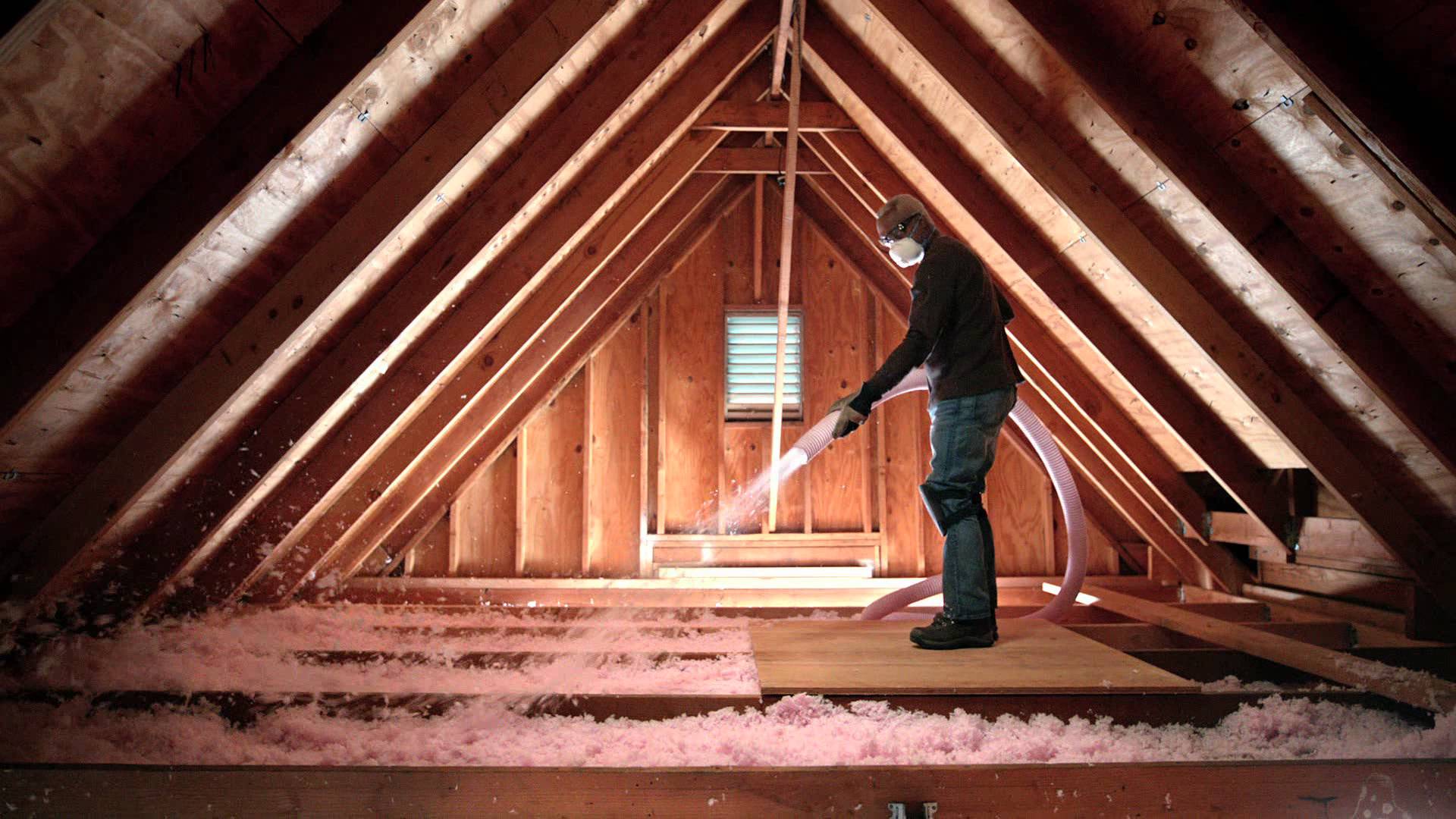Bats in the Belfry - Bats roost in the top of the bell tower of a church, known as the belfry and they fly around wildly when disturbed by the ringing of the bells. Bats in the Belfry can also be used synonymously with Batty, when referring to a crazy person, who acts as though they have bats careering around their head.




